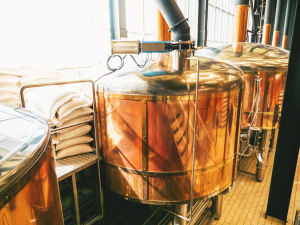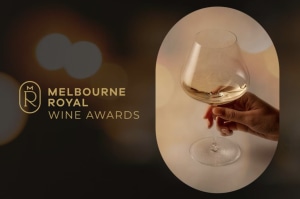Print and packaging research agency Smithers says the increased aversion to plastic packaging will create multiple new opportunities in foodservice packaging.
The agency says single-use foodservice packaging is “having its future defined by the sustainability agenda”. It says this is creating new opportunities for innovative materials and foodservice formats that can match the performance of existing pack designs with a lower carbon footprint.
For printing and packaging companies, new materials present both threats and opportunities. Those that can adapt to produce print for the new materials will benefit, while those that do not may get left behind. Plastic packaging is at the top of the global agenda.
Smithers' latest market report, ‘Sustainable Foodservice Packaging to 2024 – A State of the Art Report’, estimates that the global foodservice market exceeds US$31bn and that it is growing at an annual rate of 5.3 per cent, meaning it will almost double in size over the next decade.
The new report assesses the top 20 sustainable technologies and technology solutions in the foodservice packaging sector. It examines each technology; the commercialisation potential; and analyses current developments (with a focus on new materials technologies) and how these will evolve over the five-year forecast period.
Each technology is reviewed to critically assess its growth potential over the forecast period. Scores reflect the state of technology readiness, the commercial potential of the technology and ancillary technologies, the market potential for each application, the estimated capital and operating costs and cost competitiveness of the technology, and the convergence with broader economic and market trends.
Smithers delivers a clear ranking of which formats and end-use applications present the best opportunities for innovation. The ‘Sustainable Foodservice Packaging to 2024 – A State of the Art Report’ assesses the following top 20 technologies for foodservice packaging 2019-2024. The technologies examined in this report are:
- Advanced waste management and recycling
- Aqueous barrier coatings
- Aromatic polyesters
- Bio-based polyamides (PA)
- Bio-based polyolefins
- Edible packaging
- High-bulk substrates
- High-performance corrugated packaging
- High-performance packaging made from paper or paperboard
- Lignin-based barrier coatings and plastics
- Moulded fibre packaging
- Nanocellulose-based packaging
- Packaging from non-wood fibre and agricultural residues
- PLA-based coatings for fibre-based packaging
- PLA-based plastics
- Polybutylene succinate (PBS)
- Polyethylene furanoate (PEF)
- Polyhydroxyalkanoate (PHA)
- Starch-based packaging
- Wood-based composites






